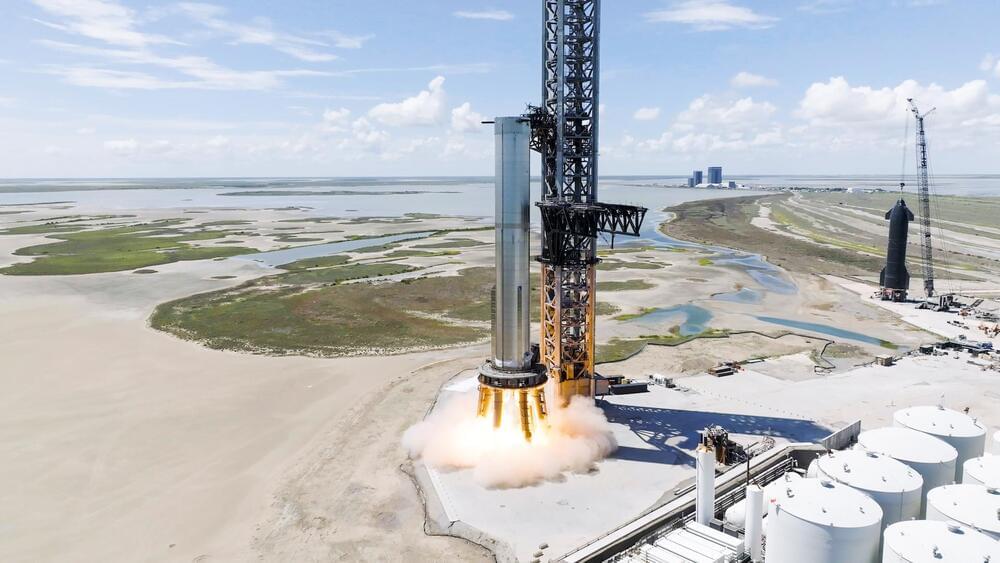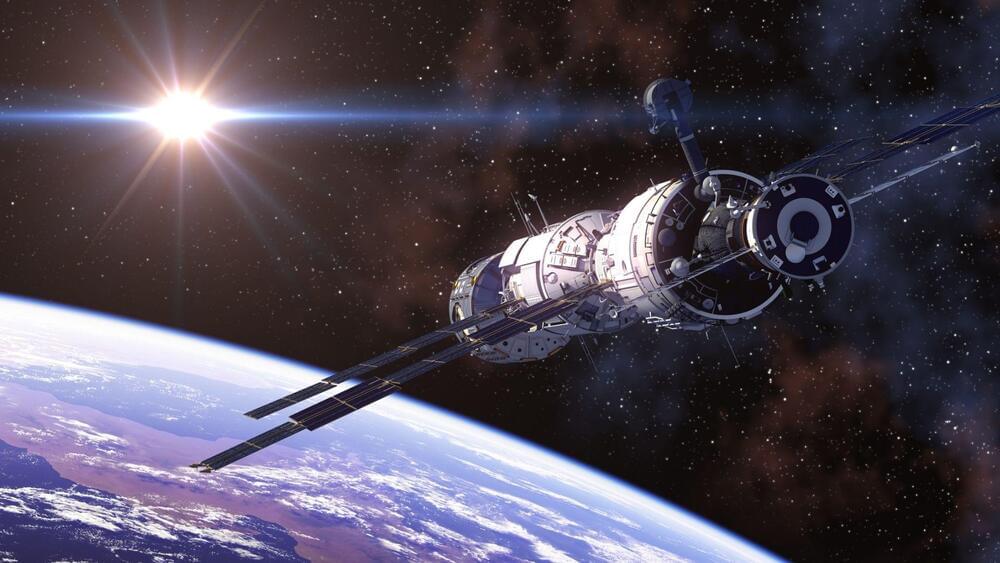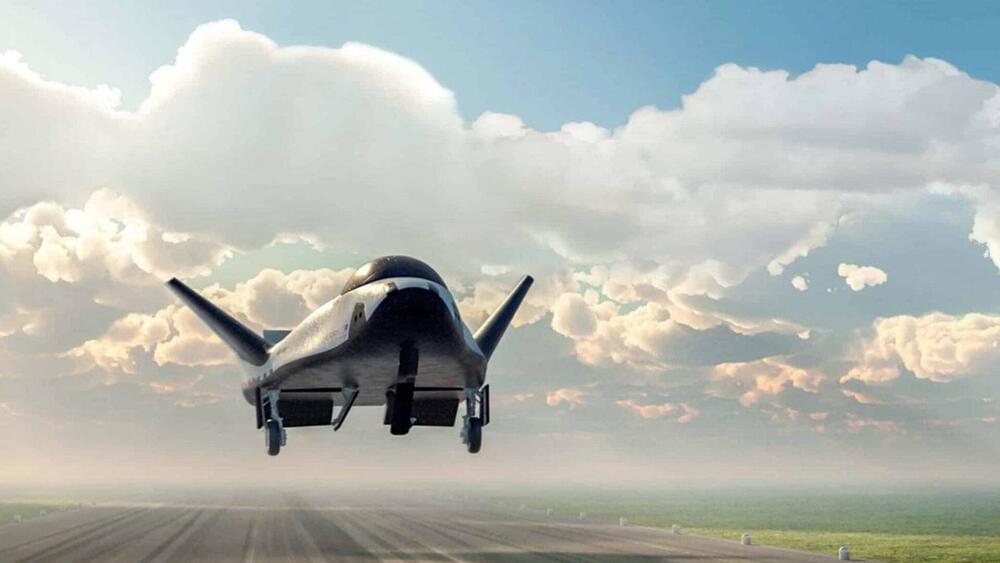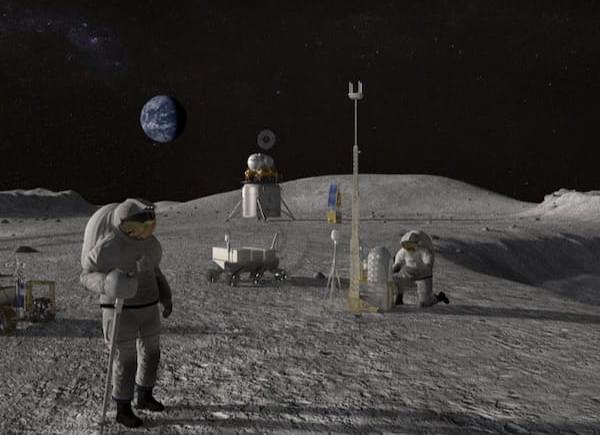Elon Musk said the “next big test” is likely a full stack wet dress rehearsal of Starship.
SpaceX’s massive Starship rocket continues to pass key tests on its road to sending the Mars-bound launch system up to orbit for the first time.
The private space firm fired seven Raptor engines on its Starship Super Heavy prototype, called Booster 7, on Monday, September 19. As Space.com points out, it is the highest number of next-generation engines ever tested simultaneously.




